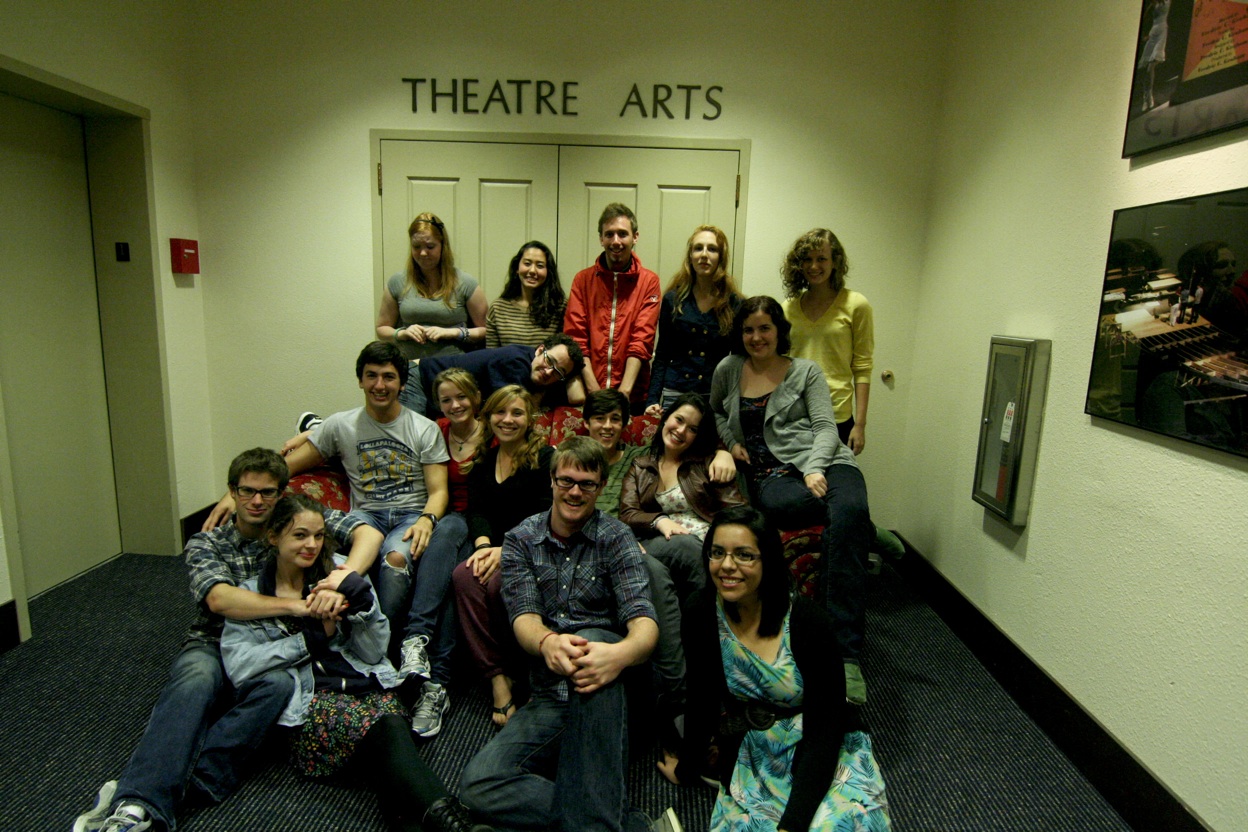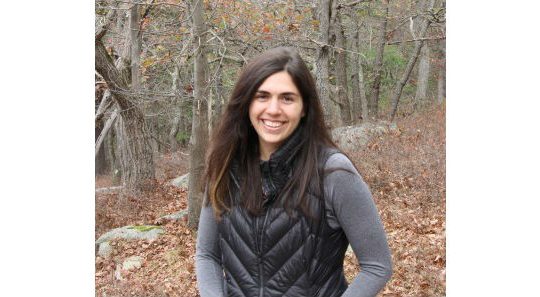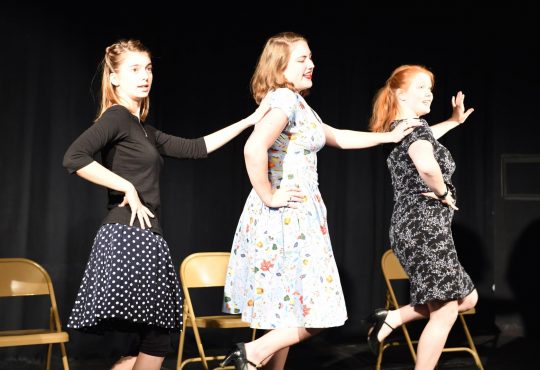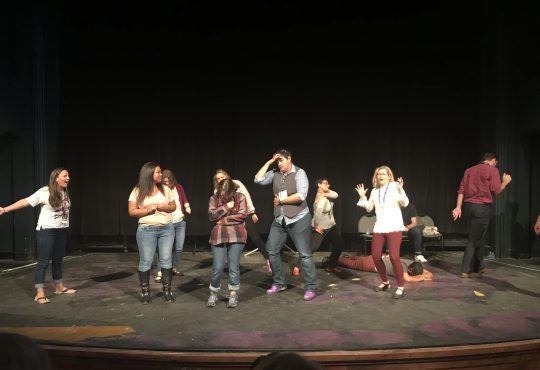
At just over a month into school, it seems as if campus is finally settling down. New students have found their places in the community, the rigor of academia is starting to truly take hold and the air has that crisp bite that signals the true arrival of autumn. All the while, a dedicated contingent of Puget Sound students has been working with passion and drive to put on one of the semester’s most exciting productions: the Town Crier Speaks Festival.
Around 40 students, some of whom have been preparing for this semester’s production since last spring, have taken on the responsibility of writing, directing, acting, producing and technically designing the festival that showcases six student-written plays. This year’s production marks an additional milestone for students, as it is the 10th year of the Town Crier Speaks Festival; it has been a decade marked by great change and tremendous success.
In 2001, the festival was formed by “a group of students wishing to showcase their own creative work on stage,” Nick Spencer, publicity chair and historian for Student Theatre Productions, said.
Over the years the group quickly outgrew its less-than-ideal performance space in the basement of Wheelock Student Center and, with the help of the school, brought Rausch Auditorium into existence.
Rausch has been providing a home to Student Theatre Productions since 2004 when the Town Crier Speaks Festival was first held there.
What makes Town Crier impressive is not merely its setting but rather the amount of work that so many students devote to it. In the spring, Student Theatre Productions—the organizing group for student-run productions on campus—selects the coming year’s producers from a pool of applicants.
These students spend part of their summer working with aspiring writers to refine student submissions for production in the fall.
Later on in the summer, an invitation goes out to the whole campus community looking for students to direct the fall productions. Students who are involved with Town Crier are often new to the school’s theatre community, and some even cite Town Crier as their first foray into theatre altogether. All of this work occurs before the fall semester has even begun.
At the start of term, auditions are held, and students are given just over a month to rehearse and prepare their 10-minute plays.
Blake Erickson, a sophomore performing in one of this year’s plays, noted that the festival provides a fantastic opportunity to allow students to “test the waters of acting in front of an audience.”
Due in part to the campus-wide invitation, the production “is a unique way of finding hidden gems from all over the community,” as Kelly Engle, a junior and Director for this year’s festival, said.
Students, who previously may have been tentative about venturing into the intimidating world of theatre, find comfort in the welcoming community of their peers. Peter Wallerich-Neils, a junior acting in this year’s festival, cited Town Crier as his first experience acting at Puget Sound as a freshman.
Wallerich-Neils added that what makes the festival terrific for the community is that “the performances are short and sweet, providing a bite-size” taste of theatre at the university.
Because the production is entirely student-driven, a tremendous level of commitment can be seen throughout the company.
In talking with students involved, one thing becomes clear very quickly: as stressful and terrifying as writing, directing, producing or starring in a production like Town Crier can be, there is an unparalleled sense of pride because of association with the project.
Nothing shows the strength and talent of our student body like Town Crier, which welcomes everyone and allows students the opportunity to excel in all areas of production.
Town Crier and Student Theatre Productions serve to showcase the truly impressive passion, talent and drive that can be seen in the members of our community
In college, stress is often put on what we learn in the classroom and other more traditional academic forums. However, the beauty of Town Crier embodies what students gain and learn from one another and how impressive the end result of such collaboration can be.
PHOTO COURTESY / MEGAN CHAMBERS



